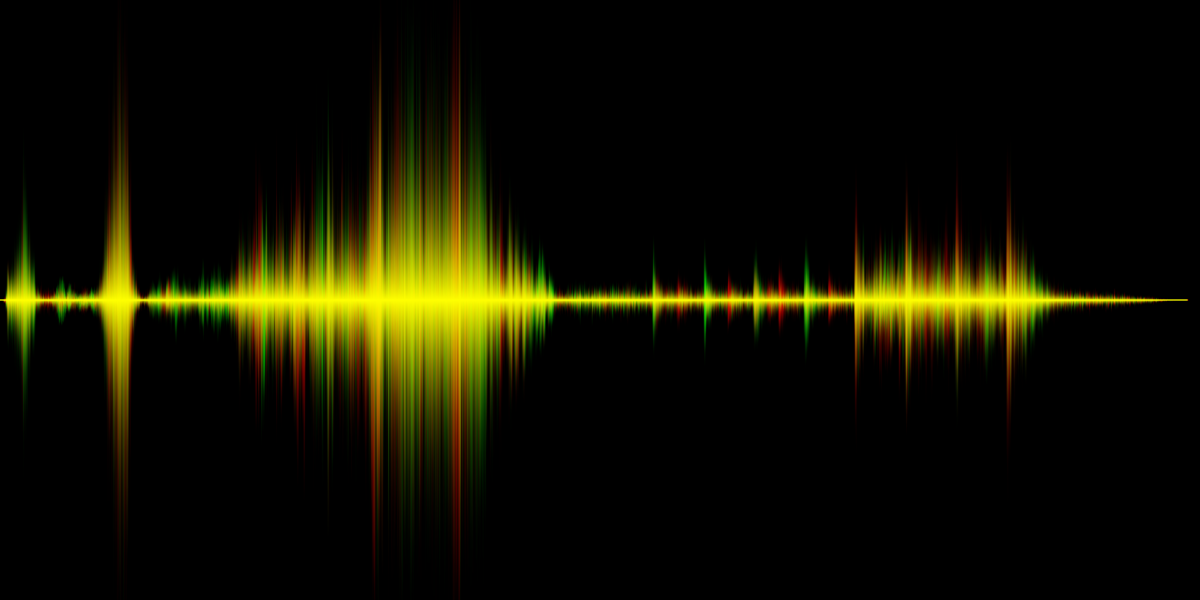A musician by training, I’ve always been interested in how sound can be used to convey meaning.
It’s often said that hearing is one of the senses that has the ability to induce the strongest emotional reactions (along with smell and taste), and I’m sure most of us can think of examples from our own lives where music has had the power to transport our minds back to a particular time, place or person.
In the world of brands, sound as an asset remains a relatively untapped resource.
There are of course some companies who have built music into their brand toolkit. John Lewis’ use of soft vocal & piano covers of well-known songs for their Christmas adverts is as iconic as the ad concepts themselves.
Similarly, Starbucks was the original champion of the ‘coffee break’ playlist, even turning this into a new proposition in 2007 with the creation of their ‘Hear’ record label in partnership with Concord Music Group, and now continuing the charge through an ongoing partnership with Spotify.
Even on the average high street, each retailer’s choice of music – consciously or not – is used to attract the right type of customer, and sometimes even act like an invisible barrier to those outside the brand’s consumer target.
Rarely do brand’s audio imprints go beyond music. But could that all be about to change?
The growth of smart speakers & smart in-home assistants suddenly moves sonic brand iconography to the forefront.
It is predicted that 2.7 million households in the UK actively use an Amazon Echo or Google Home device. Moreover, it is expected that by 2020 50% of all searches will be by voice.
In the Age of Ask, companies will need to think long and hard about the sound of their brand. From creating a specific lexicon to bring to life a brand personality in an audible way, through to even creating a unique smart-assistant persona, brands will need to consider the most appropriate options available to them.
By truly harnessing a distinctive brand sound, brands have the opportunity to make connections with consumers on a more emotional & sensory level than ever before. The challenge for each brand will be to work out what their own personal sonic iconography should be.


